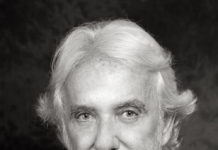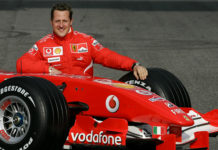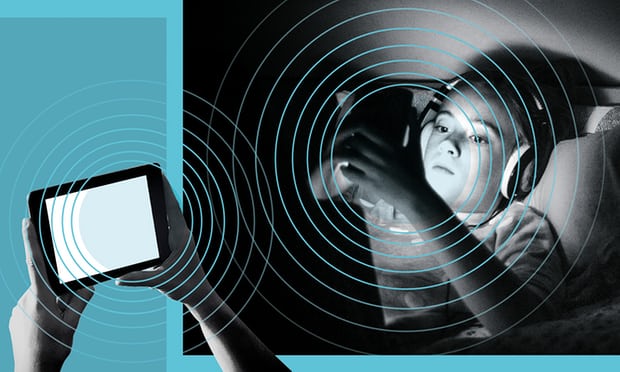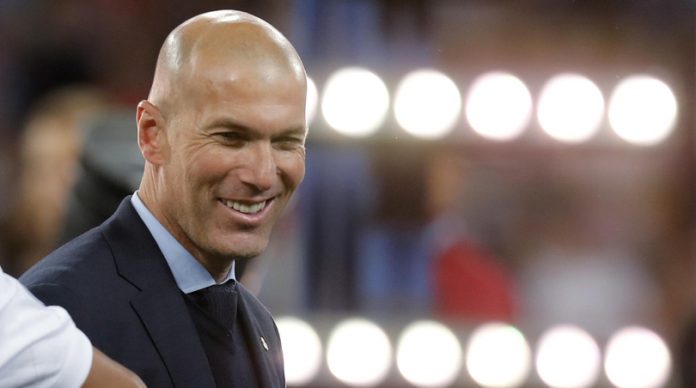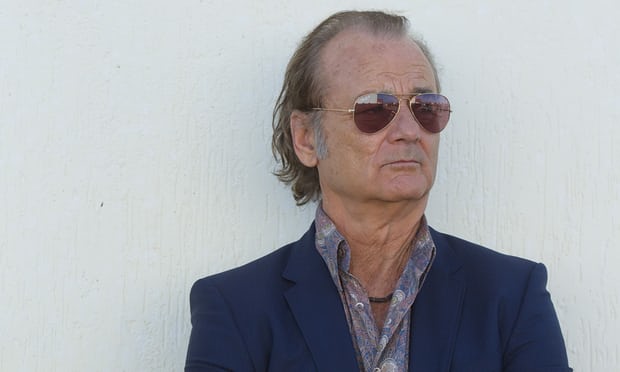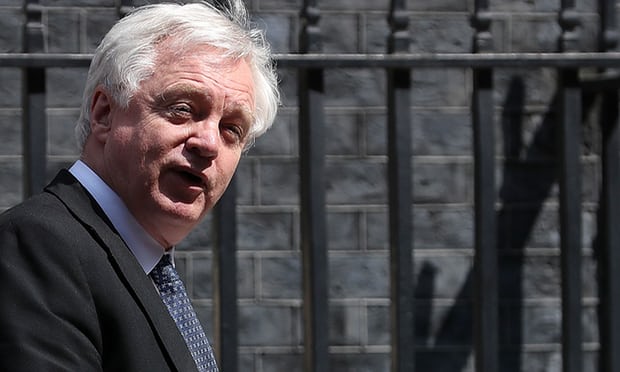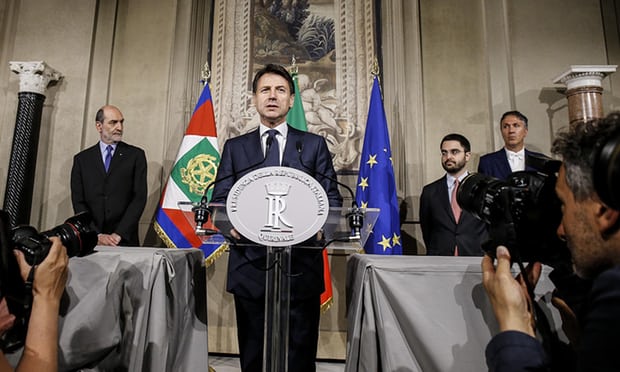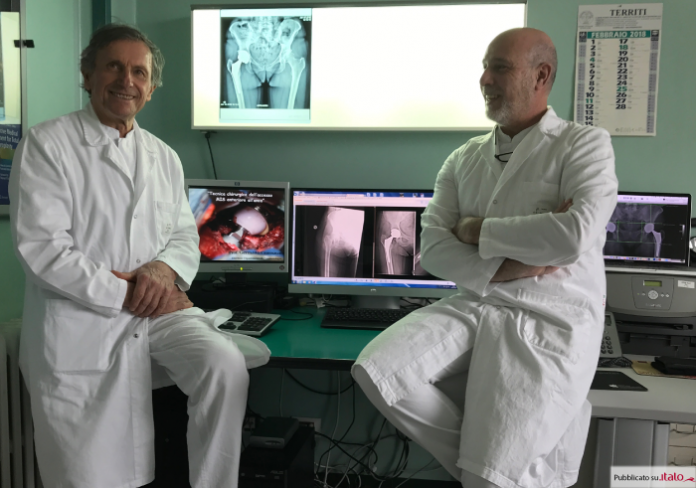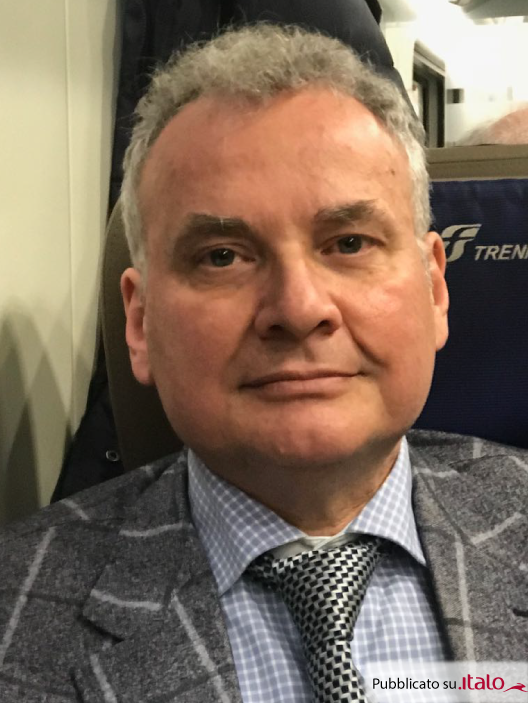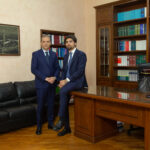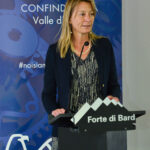“We drove out to La Guardia and Bill flew in on a private plane, an hour late, and came through the terminal with a stadium horn – one of those bullhorns that plays 80 different fight songs – and he was addressing everyone in sight with this thing and playing a song. We dragged him out of there and went to a restaurant in Queens,” Ramis later recalled.
Murray laughs when I tell him that story (“Ah, jeez, heh heh heh”), and I ask if it inhibits him knowing that, if he did that now, footage of it would end up on Reddit or Twitter in seconds.
“Well, people don’t see everything, let me tell you, heh heh heh. They don’t see it all! My only problem with it is that people now feel they should document their life rather than live it. The other night I was at a party and there was a wonderful DJ playing there, but you couldn’t dance without people pulling their phone out of their pocket and saying: ‘Let’s film ourselves dancing!’ Why don’t you film yourself dancing and I go stand over here, you know?”
This is how Murray loves to talk, thoughtfully rambling on about whatever interests him rather than answering questions about his past (“Are we doing the history of the world here?”) or sticking to the script of what he’s selling. So we chat about Trump (“Unlike anything anyone has seen before”) and Brexit (“You can’t welcome me to Europe because you guys aren’t in Europe any more! Heh heh heh.”)
The reason we are talking today is because while other movie stars of Murray’s calibre and age are spending the summer on the golf course, he has opted to go on a global tour with his friend, the celebrated cellist Jan Vogler, in a show that, according to the press release, “showcases the core of the American values in literature and music”. They have already played in the US and the clips of the show I have seen online are charmingly weird in a distinctly Murray-ish way. Put it this way: it is unlikely that Harrison Ford will waltz around a stage singing I Feel Pretty, or read James Fenimore Cooper while backed by classical music anytime soon.
When I ask if this is how he relaxes in his downtime, kicking back with some Brahms and Hemingway, Murray chuckles.
“My relaxation is a complete collapse of a human being. There’s certainly no backbone. It’s a dissolution of humanity is what it is. I’m nothing but compost most of the time.”
Murray talks about what he wants, and lives how he wants, which is why he’s become such a hero to people tired of seeing celebrities look so miserable, hunted and false.
“Bill is a master in knowing how not to have a bad time just because people want something from him,” Vogler tells me before I talk to Murray. “So we do meet a lot of people together, but there’s always a relaxed feel about it, because he enjoys himself in the moment and does just as much as he wants to do, and then he’s done. He does one thing at a time and focuses just on that.” (And just to prove it, Murray is then half an hour late for our interview because he’s still eating breakfast at 11am, enjoying himself in his breakfast moment.)
Murray is such an appealing onscreen presence, and his “live in the moment” approach to life has worked out so well for him, that his persona has arguably obscured or even excused bad behaviour in the past. After all, there is a fine line between insistently doing your own thing and just being a pain. Harvey Weinstein said in 2014: “Being a Murray-ite is a religion, where you can behave as badly as you want to people, and they still love you. I used to feel guilty about behaving badly, and then I met Bill, and it feels so much better.”
When I quote that to Murray, he shrugs it off: “Well, I think Harvey was saying something funny, and you can take something someone said a few years ago out of context, but I think that’s a funny thing he said. Are you asking for a comment about Harvey Weinstein? I mean, I don’t know exactly what he’s being accused of yet, but I know some of the people involved in that situation, one very sweet person, and it hurts to hear her speak about it. Really, it hurts … I feel the pain about it and the pain is not over.”
Once Murray was said to be so temperamental that his friends gave him the nickname “the Murricaine”. Various colleagues, including Richard Dreyfuss who made What About Bob? with him, and Richard Donner, who directed him in Scrooged, reportedly have less than happy Murray stories. He had a viciously acrimonious second divorce in 2008 in which he was accused of spousal abuse, which he denied. The allegations were later withdrawn.
There was also the breakdown of his friendship with Ramis. The two had known each other since the 70s, when they met through the Chicago improv group Second City, and their friendship led to one of the most successful comedy collaborations of all time, as they made Caddyshack, Meatballs, Stripes, Ghostbusters and Ghostbusters 2 together. But everything derailed during their last and arguably finest film, Groundhog Day, when Murray, who was going through the first of his two divorces at the time, was said to be difficult.
“At times, Bill was just irrationally mean and unavailable; he was constantly late on set. What I’d want to say to him is just what we tell our children: ‘You don’t have to throw tantrums to get what you want. Just say what you want,’” Ramis later said.
The two didn’t speak for 21 years after finishing Groundhog Day, but made up shortly before Ramis died in 2014.
Yet when Murray decides he likes someone, his quiet loyalty towards them is unparalleled, and this, for the most part, has worked to his advantage. He agreed to make Lost in Translation after a phone chat with Sofia Coppola, and then turned up in Tokyo without even having signed a contract. He had such faith in Wes Anderson when they were making Rushmore – the first of their eight and counting collaborations – that he not only agreed to do it for $9,000, but he gave the then still very young director a cheque for $25,000 to pay for the helicopter in the final scene when Disney refused to cough up (Anderson never cashed the cheque). Personally, I could have done without A Very Murray Christmas, the tediously unfunny special he made for Netflix in 2015 with Coppola and Jason Schwartzman, his Rushmore co-star. But still, hats off to the man for sticking with his friends.
Given that we never hear stories about the Murricaine any more – only praise from Coppola and Anderson about how professional he is – has Murray mellowed, or has he just found the right people to work with?
“That’s a very good way of putting it. I remember a friend said to me a while back: ‘You have a reputation.’ And I said: ‘What?’ And he said: ‘Yeah, you have a reputation of being difficult to work with.’ But I only got that reputation from people I didn’t like working with, or people who didn’t know how to work, or what work is. Jim [Jarmusch, with whom he has made two films], Wes and Sophia, they know what it is to work, and they understand how you’re supposed to treat people.
“People think because they employed you they’re allowed to treat you like a dictator, or whatever the worse word for dictator is. And that’s always been a problem for me. Opening the door for someone behind you is as important as designing a building.”
Murray was born and raised in the Illinois suburbs, one of nine rowdy siblings in a close Roman-Catholic Irish-American family (one of his brothers, Brian Doyle-Murray, has been a pleasingly frequent presence in many of Murray’s movies). After dropping out of college, he eventually found his way to comedy via Second City and then Saturday Night Live, and Murray has always seemed happiest when he is part of an ensemble, whether it is on SNL, or as part of Anderson’s troupe. Is this because he was born into such a large family?
“Well, it’s true I was born into a group, so I never knew anything else. And, you know, life is lonely. It’s hard. So it’s good to have a brother or sister next to you who can validate your feelings,” he says. (He clearly believes this and has gifted his own children with a family almost as big as the one he grew up in, producing an impressive six sons from his two marriages.)
Although Murray insists he hasn’t changed, it is just the people around him who have, it is notable that his more difficult period coincided with when he was playing hilarious but aggressive characters on screen. Now that he seems to be calmer, he has switched to quieter, more dramatic roles. But whether he does drama or comedy, his work has always been underpinned by tiny movements that make his acting feel so special: the awkward pauses, the sarcastic lifts of the eyebrow, what Reitman once described as “the embellishments you get whenever Bill is on camera”.
In Rushmore, the look on Murray’s face when his character realises that Max’s (Schwartzman) father is not a neurosurgeon but a barber, was described by the New Yorker as the movie moment of the year: “Puzzlement, disbelief, a speck of outrage, the quiet rush of truth, and, last of all, a gentle settling of kindness. The entire thing takes maybe four seconds: this is known as acting,” Anthony Lane wrote.
For Murray’s part, he sees his job merely as being “an impersonator”, albeit one who hopefully “leaves people feeling joyful.” And talking with him is a pretty joyful experience, if occasionally an unnerving one. Just as I am gearing up to ask another question, he abruptly cuts me off.
“You’re talking as if you’re talking to someone who has all the time, who doesn’t need to get dressed, OK?”
You’re not dressed?
“I’m just saying you’re talking like you’re talking to someone who doesn’t need to get dressed now.”
Whether Murray is actually sitting in his boxers at the other end of the phone or not, I get the message and let him go. He enjoyed his time. And then he was done.
source:https://www.theguardian.com/film/2018/jun/01/im-nothing-but-compost-bill-murray-on-good-friends-bad-bosses-and-harvey-weinstein














